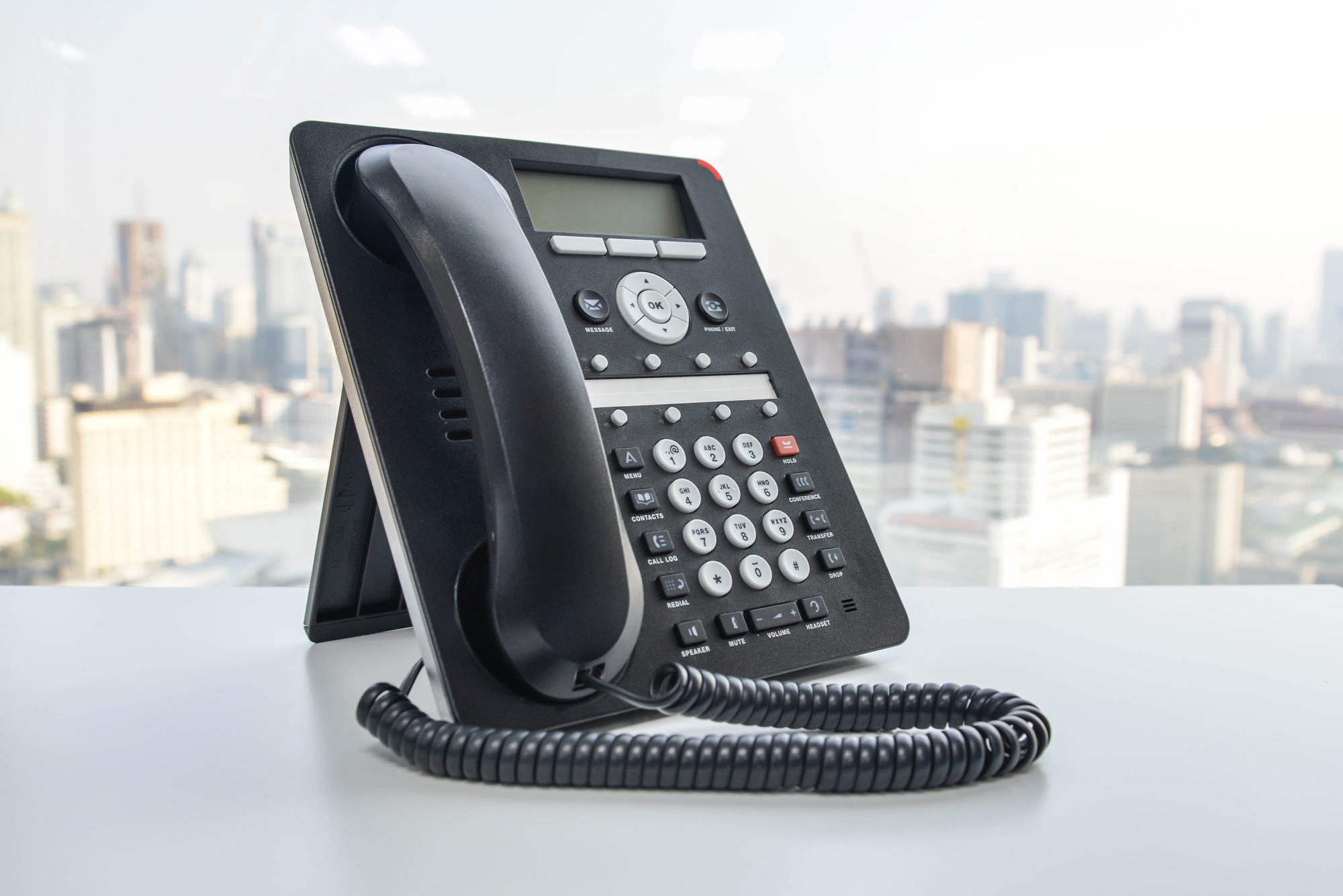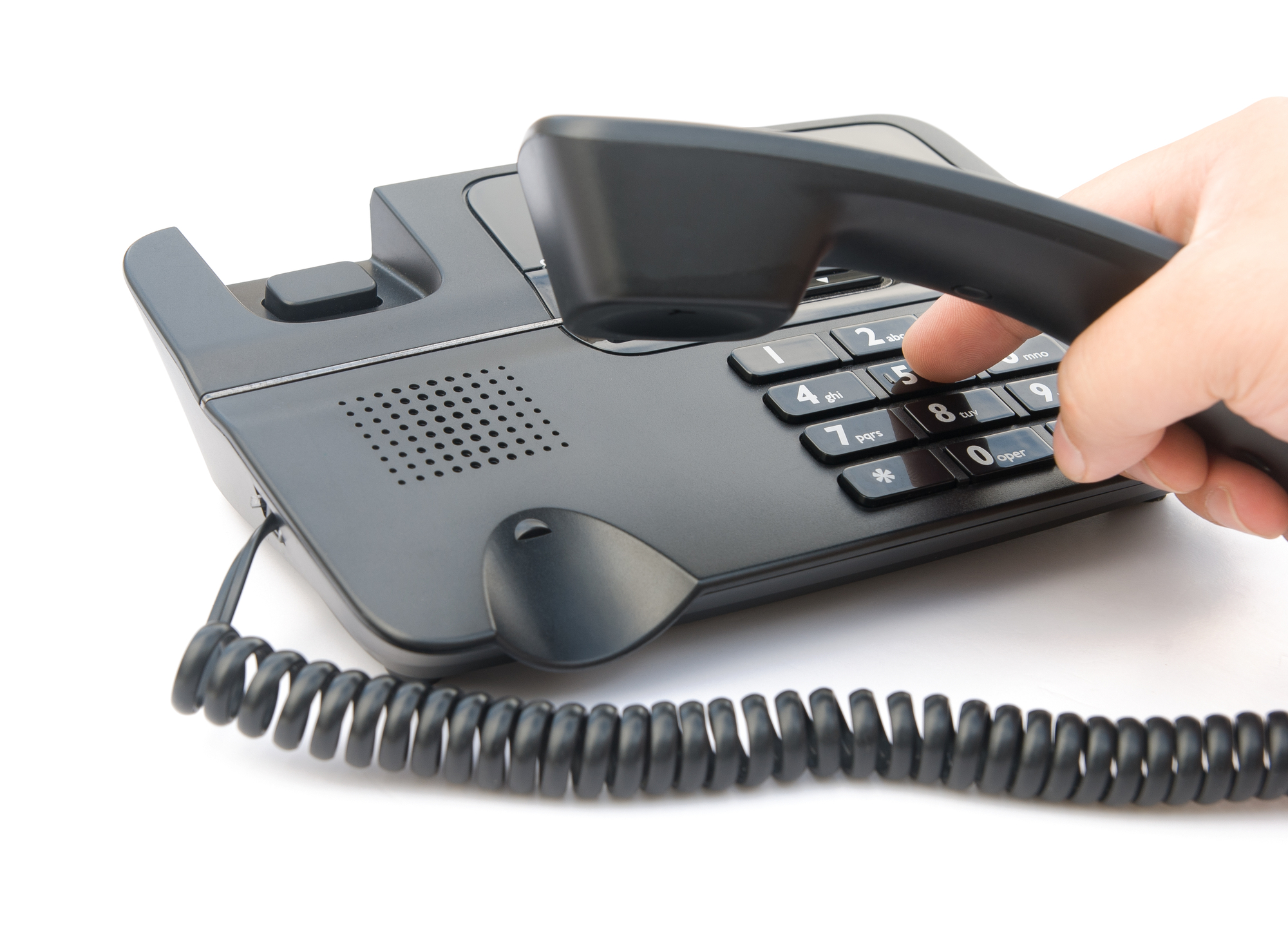e. Never Assume Anything: Phrases like “You Know What To Do,” “Sing Your Song at the Beep,” and others mentioned above are awful to leave in your greeting. For the sake of universality and comprehensiveness, NEVER assume the caller knows what to do. Lay it out clearly. f. Leave a Message: This phrase, by itself, will not do. It’s imperative for users to identify themselves in their greetings. Callers need to know they’ve reached the right person. g. Disregard Lethargy: If you’re not excited about your greeting, why would anyone else be? Never display a lack of enthusiasm in your greeting as it could turn callers off to both you and your business. h. Speak Clearly and Never Slur: Callers need to understand your every word; therefore, mumbling, slurring, and all other detractions of speech should never be recorded. d. Be Creative Without Sacrificing Quality: Callers know how voicemails work–i.e. leave a number, message, etc. While you want to be clear, it’s important not to be contrive or redundant with your message. Creativity can help users to differentiate themselves, as well as intrigue callers. While users should avoid the tropes of creativity listed above, it’s definitely good to think outside the box. That being said, scripting and practice can help users to experiment more with their greeting–ultimately allowing for more unique and creative approach. e. Speak With Diction: It’s important to present one’s self as an authority without alienating callers. As such, it’s crucial to articulate and speak with clear diction. “ if your voice recording has you stumbling over words and speaking haltingly, it does not convey confidence and competence,” states Ron Sellers of Grey Matter Research & Consulting. Remember, this greeting represents you; therefore, you want to appear collected and professional, as well as welcoming. To do this, one must carry themselves well through their recorded message. f. Account for Timeliness: Your message should be concise. No caller wants to be sitting through a rant/diatribe of redundant statements. Your greeting should flow without dragging. Inversely, one doesn’t want to be terse, either. Engage callers with a simplified approach laden with creativity. h. Account for Quality: Aside from speaking clearly, users want to eliminate any noise in the surrounding environment. The quality of the greeting is just as important as what’s being said in the greeting itself. As such, one doesn’t want to undermine a great message with poor quality. i. Courtesy, Tastefulness, & Tact: This is pretty self-explanatory and straight forward–NEVER be rude. Being light-hearted and humorous is very different from being obnoxious and/or abrasive. Again, these tools can be helpful if utilized properly, but not everyone perceives humor the same way. So play it safe. The last thing your voicemail greeting should do is offend a caller. k. Provide Options: if you’re part of a bigger company, it might be good to offer caller options. For example, allow a menu to defer callers to a colleague or co-worker in your absence. This can help show callers you care about their well being. Another option might be offering different modes of communication–i.e. email, fax, etc. In offering users diversity, contact may be much easier to maintain.
1. Actually Write a Script! Whether you are a solo therapist recording a voicemail greeting, or you have a whole office and need a system message, don't just wing it! Take the time to actually write out a script. Read it aloud to colleagues to make sure it says what you need it to say.
.
The voicemail examples for business purposes shall let u know the right way to accept a message from the caller. At first, mention your name and then directly ask for the details of the caller. In short, the greeting should be precise. You can set two types of voicemail greetings for callers, viz., internal and external voicemail greeting.
Obviously, I need to update it. And if you haven't changed your voicemail greeting in over a year, you're likely in the same boat.
Website: https://www.mirecc.va.gov/visn1/docs/508CompliantProducts/PDFs/ConfidentialityPeerSupportServices.pdf
This article is about the second main type of greeting – the voicemail greeting. All businesses should have professional voicemail greetings at the company level (i.e. your general business number), department level (e.g. customer service), and employee level, where applicable. It’s important that each of these voicemail greetings align with the brand and personality of your company to ensure that every caller has a consistent experience. Let’s dive in!

Website: https://www.reddit.com/r/psychotherapy/comments/3msiwt/critique_my_outgoing_voicemail_message/
There are several companies out there to chose from: Vontage, Dialpad, Grasshopper, etc. This article is just one of many which compares them. Contact us today for more information, or to request a live demo!

Website: https://www.iskysoft.com/phone-transfer/transfer-messages-from-android-to-android.html
1. Actually Write a Script! Whether you are a solo therapist recording a voicemail greeting, or you have a whole office and need a system message, don't just wing it! Take the time to actually write out a script. Read it aloud to colleagues to make sure it says what you need it to say.

It’s no wonder so many voice mail messages get deleted and never called back! If ever there was a situation that begged to be scripted, it’s your voicemail message. Isn’t this the time you want to sound your best, be perceived as a professional, and prepare the most polished message you can? Of course it is.
A good voicemail greeting is short and professional, lets people know that you’ll get back to them, and invites callers to continue engaging with a call-to-action. You should also show your personality if you’re in an industry or role that allows that. If your industry is more conservative, however, you’ll want to keep humor and personal touches to a minimum. A greeting Your name Your company A simple explanation for missing the call (e.g. you’re away from the phone or are on holiday) A rough estimate of when you’ll get back to the person An alternative person to reach out to (if you’re out of office) An alternative mode of communication (if you prefer email or text) A call-to-action such as “Leave a message” or “Send me an email at [email protected]”

I do read and respond to comments shared in the comment section at the end of the lesson. That is the best place to interact with me and others in the Confident English Community. Feel free to share your voicemail example or ask a question below.
Leave me a message, and if I don’t call back, it’s you. Hello, you have reached the number you have dialed. Please leave a message after the beep. Hi, this is [ your name ]. I’m sorry, I can’t answer the phone right now. Leave a message, and …

Like this blog? You may be interested in our blog on integrated telephone system features. COURSE FOR SPEAKERS OF Arabic African Languages Bengali Bulgarian Burmese Cantonese Chinese Farsi Filipino / Tagalog French German Indian English Indian Languages Indonesian Italian Japanese Khmer Korean Malay Malaysian English Mandarin Nepali Polish Portuguese Romanian Russian Singaporean English Sinhala Spanish Slavic Languages Thai Turkish Urdu Vietnamese Other Languages ABOUT Your Teachers Our Students FAQ Assessments & Phone Support For Your Staff FREE STARTER COURSE Free Pronunciation Short Course Pronunciation Blog & Tips Some Quick Videos Record Yourself – All the Sounds in English Listen to Georgie’s Feedback PRICING CONTACT

24. "Thank you for calling [company]. We're closed for [holiday] from [date] until [date]. Please leave your message and we'll get back to you as soon as possible. Have a happy holiday season!"

10. "Hello, you've reached [X company]. We can't take your call right now, but please leave your name, contact information, and reason for reaching out, and one of our team members will be in touch within 24 hours."